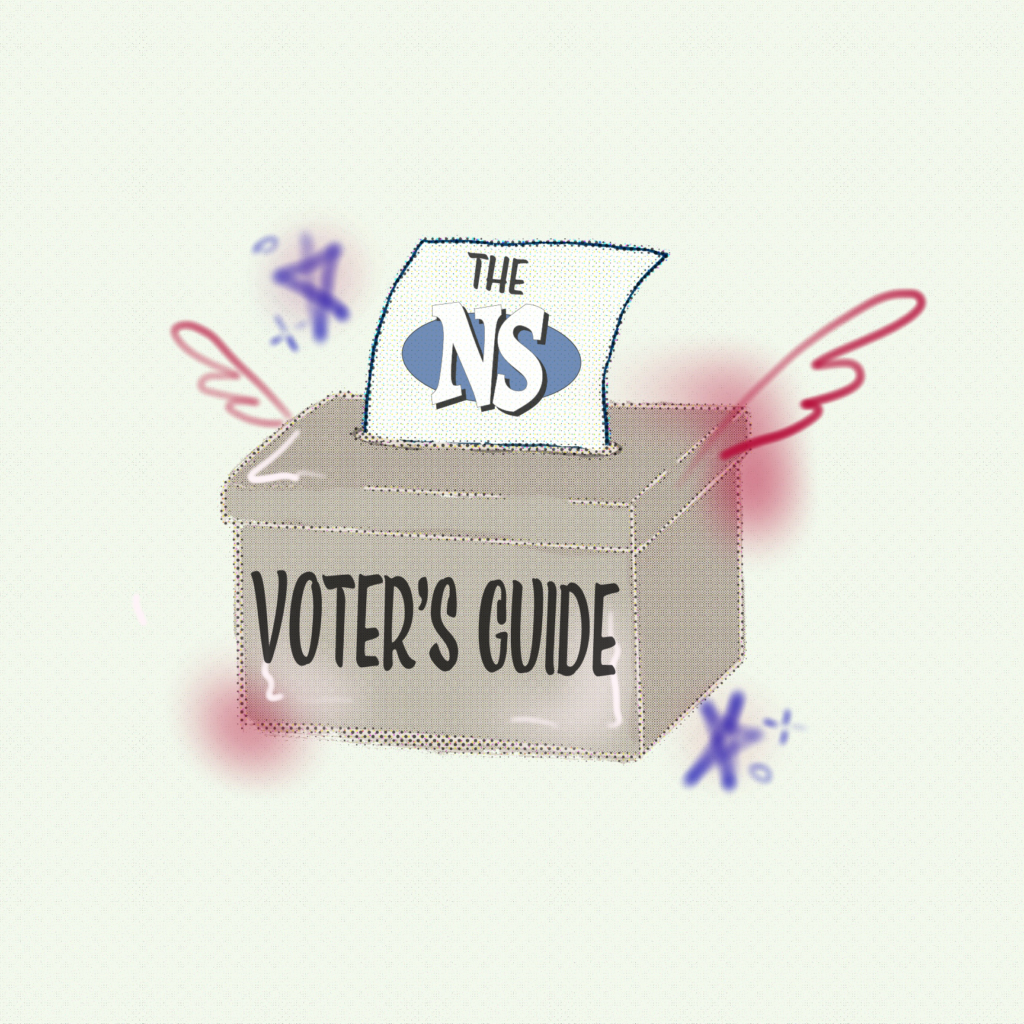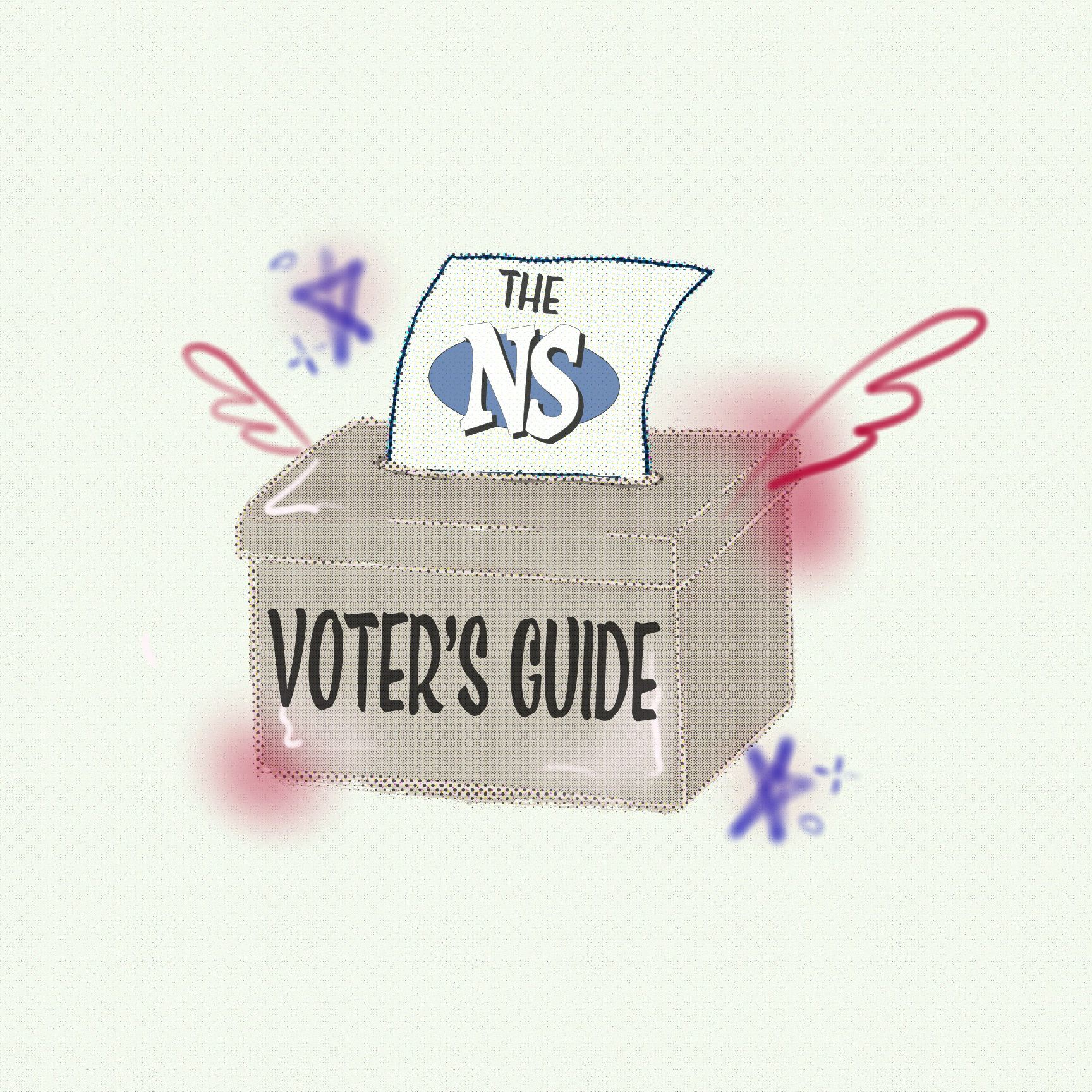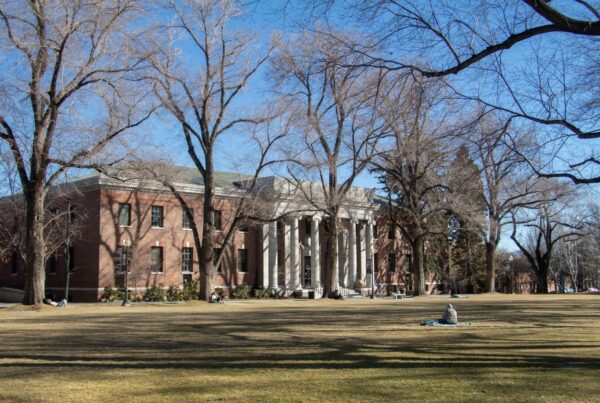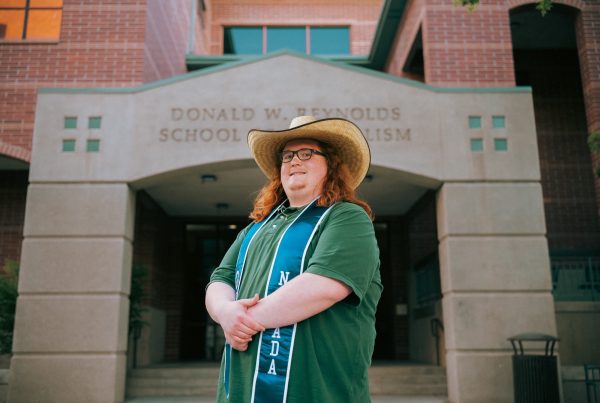
Voter guide ballot illustration by Brooke Germain.
The most important step of understanding American voting is to understand the election process.
How elections work
The United States holds elections every two years. There are two types of elections. The presidential general election happens every four years. The midterm general elections sandwich the presidential election with two year gaps between them.
For example, 2018 was a midterm election. 2020 was a presidential election. 2022 is another midterm election, and 2024 will be another presidential election.
So, it’s kind of like the Olympics.
Government positions are finalized on the first Tuesday of November of the election year. For this year, that day is Nov. 8.
The election year holds primary elections to cut the candidates down to two since many people run for a lot of positions. Primary elections occur in June of the year of the midterm or presidential election of that term.
In primary elections, each race is downsized to only two candidates which is usually one from the Democratic party and one from the Republican party.
The biggest difference between the midterm and presidential elections is the positions elected and the years they serve.
Federally, every state has the same duration in their position. U.S. Senators are elected every six years and each state gets two of them. The U.S. House of Representatives are elected every two years and each state receives a number of representatives proportional to their population.
Nevada’s federal system has two Senators who have staggered terms of election. Currently, Jacky Rosen is the Nevada senator voted in during the 2018 midterm election. Nevada’s other senator will be re-decided in this midterm election between Republican candidate Adam Laxalt and incumbent Democratic candidate Catherine Cortez Matso.
Nevada’s federal system also has four Representatives for the House. Since they are re-elected in every term, all four districts of representatives are being re-elected in this midterm.
Now, federally things are figured out.
Statewide can get a bit tricky, so stick with it.
The governor of Nevada is the head of the state’s executive branch. The governor serves four-year terms. The position is up for re-election during this midterm.
The Democratic incumbent for this race is Steve Sisolak. Running against him is Republican candidate Joe Lombardo.
Nevada’s Attorney General, which is the top law enforcement office in Nevada, will be re-elected during this midterm. This position serves for four years and is currently being battled between Democratic incumbent Aaron Ford and Republican candidate Sigal Chattah.
The Lieutenant Governor acts as the governor’s number two and is re-elected every four years. The race currently is between Democratic incumbent Lisa Cano Burkhead and Republican nominee Stavros Anthony.
The Secretary of State also has a four-year term. Currently running in this midterm is Democratic candidate Cisco Aguilar and Republican candidate Jim Marchant. The current incumbent of this position, Barbara Cegavske, reached her term limit.
The state Treasurer and Controller also have four-year terms. For treasurer, Democratic incumbent Zach Connie is running against Republican candidate Michele Fiore. For controller, Democratic candidate Ellen Spiegel is running against Republican candidate Andy Matthews.
The entire executive branch is essentially up for re-election because of their four-year terms.
Nevada’s legislature also has positions up for grabs.
The state has a bicameral legislature, just like the federal government does, meaning it has two separate houses.
The legislature’s lower house is called the Assembly, and the upper house is called the Senate.
Nevada is divided into 21 legislative districts, allowing for each district to elect one Senator in the state legislature. The Nevada senators serve four-year staggered terms, so only 11 are up for re-election this midterm. The rest will be up for re-election in two years.
The districts up for Senate re-election this year include District 2, District 8, District 9, District 10, District 12, District 13, District 14, District 16, District 17, District 20 and District 21.
The discussion of the candidates and who is running will be discussed more in-depth in “Part 3” of the political guide, when the Sagebrush writes a deeper look at the candidates.
The Nevada System of Higher Education’s Board of Regents is divided into 13 districts, where there is one representative from each district who serves a six-year term. This position is non-partisan. Five districts have positions up for grabs including District 6, District 7, District 8, District 11 and District 13.
Locally, each city and county has their own individual races for things like school board trustees, county commissioners, mayors and more.
When describing candidates on the ballot, the Sagebrush will go into more detail for Washoe County and Reno, so students can get an idea of how local elections work.
Ballots also tend to have ballot measures or laws to be passed for the people to vote on. We will expand on what these ballot measures are and what they mean during the “Part 3” section of the guide.
When to vote
On the lighter side of things, the deadlines for voting are very straightforward:
Voting and Registration Timeline:
Oct. 11: Voting registration for mail-in ballot must be postmarked by this day.
Oct. 19: Nevada finished sending mail-in ballots to registered voters.
Oct. 22 – Nov. 4: Registration allowed in-person during early voting; two weeks of early voting in-person available.
Nov. 8: Registration online or in-person at voting location; Last day to vote: voters can send in mail-in ballot postmarked by this day or return ballot in-person by 7 p.m.
An important note to keep in mind according to the Nevada Secretary of State website, if you want to register as a Nevada voter you must:
- Be a U.S. citizen
- Be 18-years-old by the next election
- Have continuously resided in your Nevada county at least 30 days
- Have lived in Nevada precinct at least 10 days before the next election
- Not currently be in prison for a felony
- Not be mentally incompetent as determined by the law
- Not have any other place claimed as your legal residence.
Keep an eye out for the remaining parts of the political guide, coming soon.
Jaedyn Young can be reached at jaedynyoung@sagebrush.unr.edu or on Twitter @jaedyn_young3.









